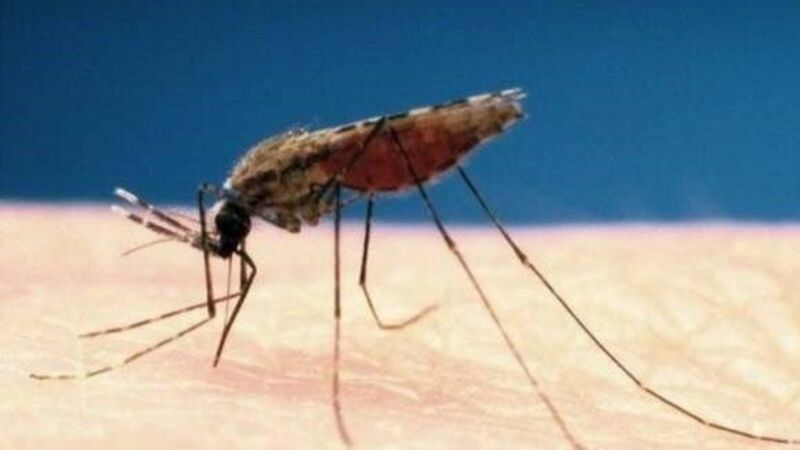We may have to kill off the deadly mosquito

LUGNANO is a municipality in Italy’s Umbrian region. Archaeologists, working in La Necropoli dei Bambini (the Cemetery of the Babies) there this summer, found the skull of a child with a stone in its mouth, writes
According to David Soren, who oversaw the excavation, this is a most unusual find. The Roman burial site, which dates to the 5th century AD, was used only for the interment of children; over 50 remains have been found there to date. The child with the stone, aged about 10 when it died, was older than the others found there. But why was the body treated in this strange way?













